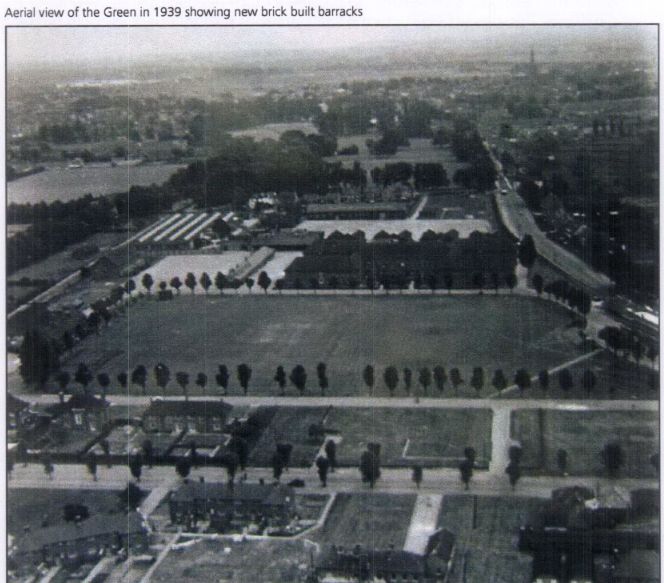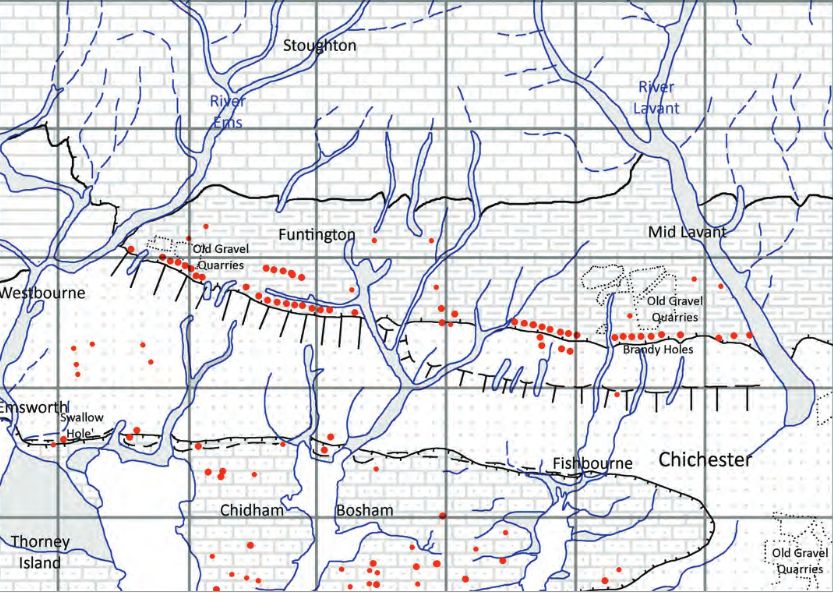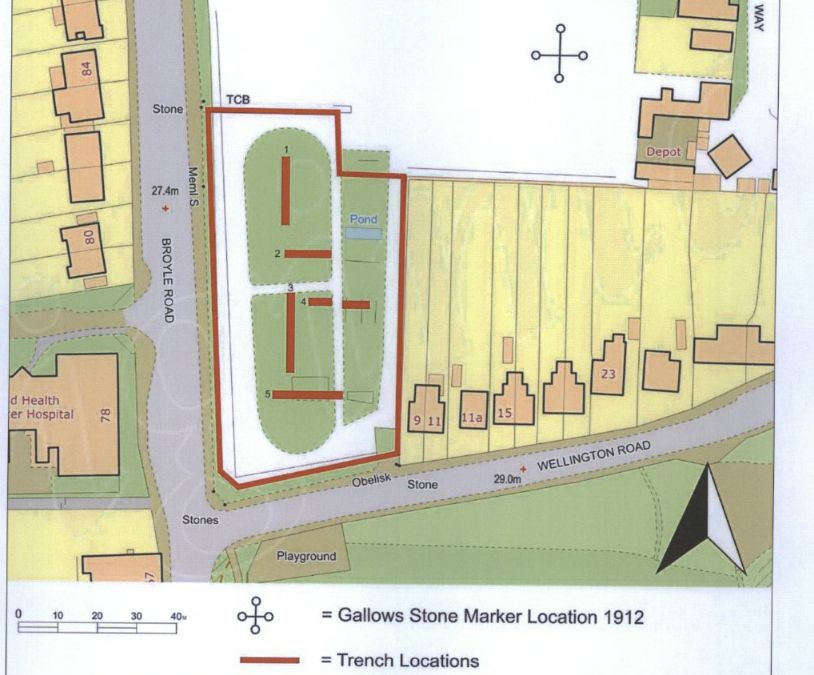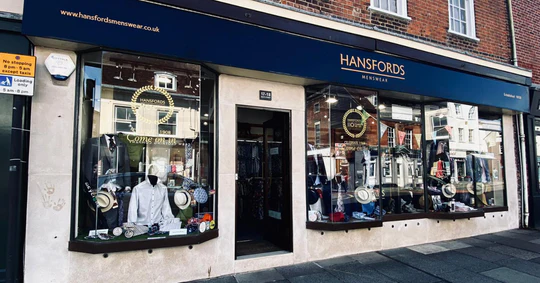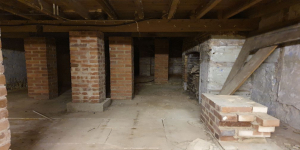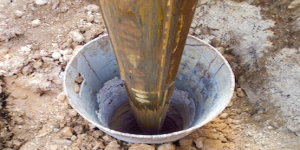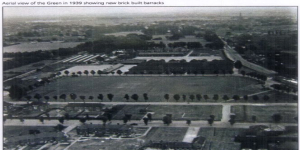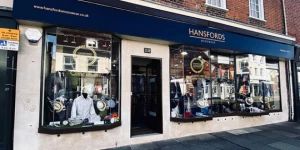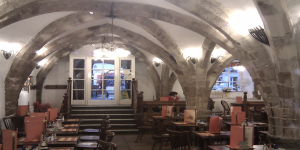Max T
I recall that there is a short length of tunnel (blocked off at both ends) under the old White Horse pub in South St. (now Prezzo restaurant, since 2005). Story in the pub was that it was part of a tunnel running from the Cathedral up to the Guildhall in Priory Park. Although the tunnel is there, I was never sure of its true purpose or the truth of its start / finish. Thought that it was worth mentioning it on here though.
Jo R
This has been turned into flats now. My brother lived in the basement for a while, and the well is still there. It’s all lit up with a thick pane of glass over it, that you have to walk over to get into the flat. I might have a picture somewhere, I’m not sure
Mat R
I used to work at The White Horse in South Street back in the mid-Nineties. We knew it had been an inn and courthouse before it had been a pub. One day a beer keg fell onto the back of a basement room fireplace and broke a hole through. We peered through the hole and it seemed to be a tunnel heading towards the cathedral. We would''ve liked to have investigated further but it would of involved deconstructing all the old brick work - I don''t think Whitbread would''ve been too pleased.
K Green
The first mention of the White Horse in South Street was in 1533, in a 1660 description the building had a ''hall, a great and a small parlour a kitchen, paved yard and a well'' with five chambers upstairs no mention is made of a cellar although it would most likely have had one, earlier in 1574, Thomas Suter was taken to court for ''holding unlawful games at the cellar against the White Horse'' and in 1686 the landlord Mr Booker, leased the Crypt opposite for use as a cellar, he also kept pigs there. the floor level of the Crypt is about five feet lower that the street level, so I doubt if any tunnels existed there.
LM-
Regarding a tunnel from the crypt to the cathedral. Apparently Keats while upstairs being "entertained" watched the monks lock the gate to the cathedral. Now did he have xray specs on ??? That''s the pic of the guy gesturing towards the shelves is where the door way used to be

